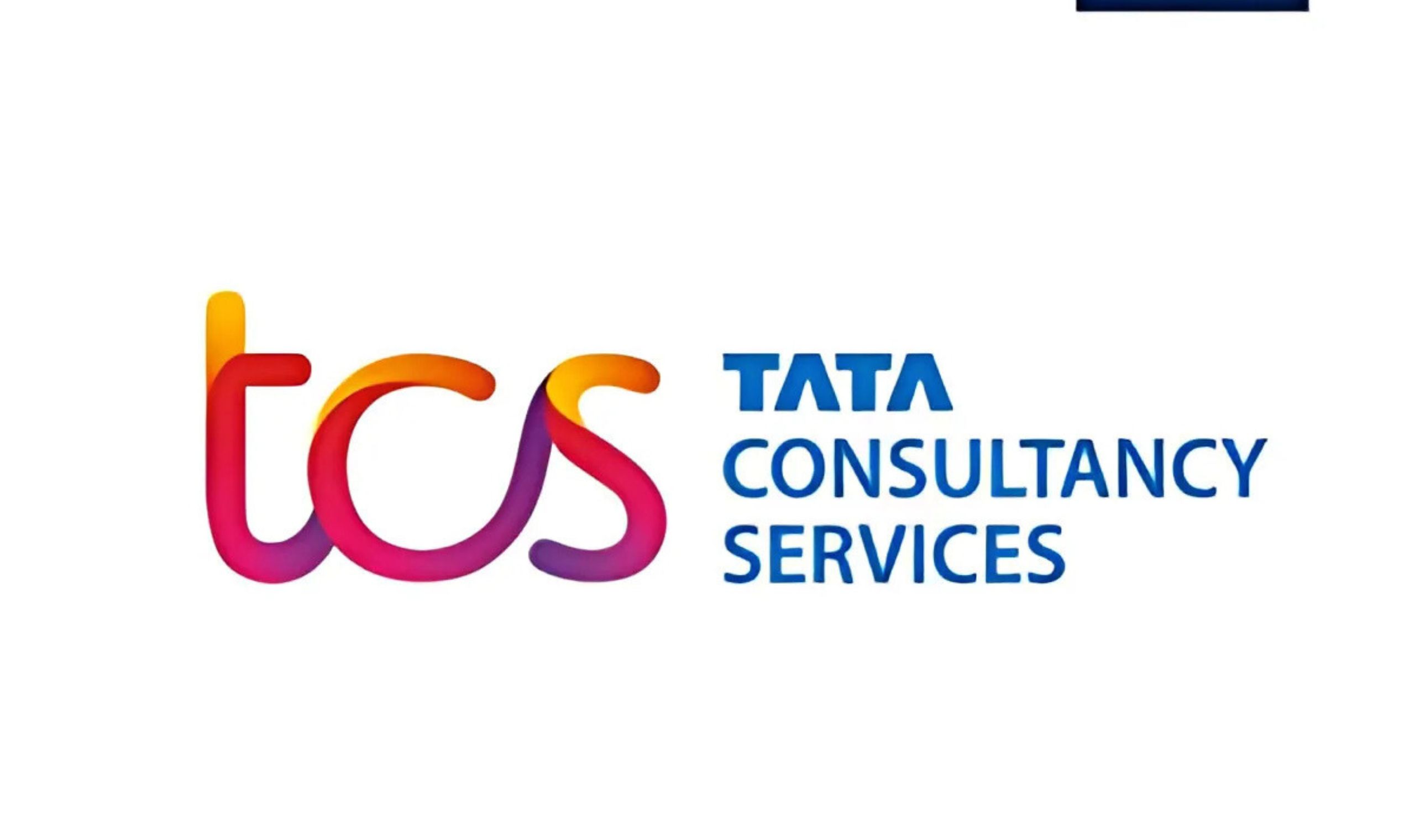In the dynamic world of stock markets, the ups and downs of shares can frequently appear to be a mystery, depending on a combination of factors including corporate performance, investor sentiment, and macroeconomic conditions. Suzlon Energy, a seasoned name in the renewable energy space, has witnessed its share price going up and down over the last year. But even with recent setbacks and near-term vulnerabilities, there has been a significant change in the mix of its shareholder base. Retail investors, for instance, have stepped up their ownership in the company, indicating increasing faith in the long-term prospects of Suzlon Energy.
Here we will discuss the share price action of Suzlon, its performance over the past period, its recent trends among its shareholders and what is pushing them in the current direction. We will see how this benefits or harms the existing and would-be investors under the larger industry and market conditions.
Suzlon’s Retailing Shareholding Spurt: What Does it Bode for the Company?
On the March 2025 quarter update trading day, Suzlon’s share price had a sharp gain of more than 5%, a welcome development following the recent weakness in the stock. This share price gain was largely based on positive information regarding Suzlon’s shareholder structure. Based on the most recent data from BSE, the retail shareholding of Suzlon Energy has witnessed a significant increase, with around 56.12 lakh retail investors owning 25.12% of the company presently. This is up from 24.49% at the close of the last quarter, showing the increased confidence of retail investors in the company.
Interestingly, foreign portfolio investors (FPIs) held their stake in Suzlon at about 23%, which shows that large institutional investors still believe in the stock. Domestic mutual funds, however, lowered their holdings marginally from 4.44% to 4.17%, reflecting some wariness on the part of professional investors. This change in the ownership pattern is significant as it points out that Suzlon has been able to attract and retain retail investors, who are generally more attuned to short-term market sentiments but can be a source of strong support during times of euphoria.
1. The Role of Retail Investors in Suzlon’s Share Price
The growing retail holding can have a beneficial effect on Suzlon’s share price, as retail investors tend to purchase stocks for the long term. This comes in line with the notion that long-term investors are optimistic about the renewable energy market, and specifically about Suzlon’s position in India’s increasing movement towards clean and green energy alternatives. Retail investors can also identify more with Suzlon’s long-term objectives and its ambition to become one of the leading players in the wind energy market, which will further increase their confidence in the stock.
Retail investors tend to serve as a support pillar for stocks, particularly in times of market turbulence. Their tendency to hold stocks for the long term prevents major sell-offs, which can cause major downward pressure on the stock. In this sense, Suzlon is blessed with a large and increasing base of retail investors, which brings stability to its shareholder base.
2. Suzlon Share Price Performance: A Mixed Bag for Investors
While the growth in retail shareholding is most definitely heartening, Suzlon’s share price has not all been smooth sailing. Over the last year, Suzlon stock has fallen by approximately 32%, mainly based on wider market trends and internal issues. Regardless of this, Suzlon has still been able to provide an impressive return of 23.84% in the past year, although even this is currently lagging when compared to sector growth of 32.22%.
During the recent three-month period, Suzlon’s share has been under significant selling pressure, losing almost 40% of its 52-week high in September 2024. This decline has created a great deal of investor anxiety, especially among investors who purchased the stock at its higher prices. But even despite this decline, Suzlon’s share has been resilient, as can be seen from the recent increase in its share price by over 5%.
Important Resistance and Support Levels for Suzlon’s Stock
For investors who want to know the near-future movement of Suzlon’s stock, technical analysis gives some indication of possible support and resistance levels. As per equity analyst Rajesh Bhosale of Angel One, Suzlon shares are at present within the range of ₹48-60. He thinks the next major momentum move would come only if the stock breaks past either the lower or upper end of this range. A move above ₹60 sustained could indicate a rally towards higher levels, while a breakdown below ₹48 can lead to more downside.
Anshul Jain, Head of Research at Lakshmishree Investment and Securities, also added that Suzlon’s share price is now taking shape in a “rectangle pattern,” with the stock price moving between ₹48 and ₹60 over the last 48 days. He added that last week’s breakdown attempt below the lower support indicates a “classic shakeout,” where weaker hands get shaken out and stronger investors can buy stock at cheaper prices. Jain recommends that if the stock crosses ₹54, it may go up to the higher end of the range, with a target of ₹59–₹60.
Suzlon’s Q3 Results: A Strong Performance Amid Challenges
Suzlon Energy’s Q3 performance in 2023-24 has been a mixed bag, with significant growth in some areas and setbacks in others. The company registered a phenomenal 91% growth in consolidated net profit, which came in at ₹388 crore for the December quarter. This stellar growth was mainly fuelled by increased revenues, demonstrating Suzlon’s ability to leverage the increasing demand for renewable energy in India.
The net revenue of the company during the quarter also improved substantially, reaching ₹2,969 crore from ₹1,553 crore in the corresponding quarter last year. The revenue growth was supported by robust deliveries in the wind energy segment, which has been a priority area for Suzlon in recent years.
In addition, Suzlon recorded a record high in quarterly deliveries with 447 MW in the October-December quarter of 2024, which shows the operational efficiency as well as the capability of the company to scale its operations. The company is better placed than ever before to capitalize on the ongoing energy transition, as India is accelerating its investment in clean energy sources such as wind and solar power.
Challenges Faced by Suzlon: Addressing Near-Term Weaknesses
Even though the growth in revenue and net profit has been impressive, Suzlon has not been without challenges over the last few months. The stock price of the company has been volatile, and market performance has been affected by general market trends, such as inflation concerns, increasing interest rates, and the effects of geopolitical tensions.
Also, Suzlon’s retail segment, comprising small and large-end customers, has been confronted with challenges driven by supply chain complications and mounting competition in the renewable energy segment. These pressures may have an impact on Suzlon’s short-term trend, and the company may find it challenging to sustain its upward trend in the near term.
But Suzlon continues to stay true to its long-term vision of being a dominant player in the wind energy space. The company continues to build its product portfolio and is actively seeking new business opportunities both within India and overseas. With a robust order book and increasing presence in strategic markets, Suzlon is poised to ride out these short-term setbacks and become a leader in India’s renewable energy future.
The Future of Suzlon: Key Growth Drivers and Strategic Initiatives
Forward-looking, Suzlon is targeting a range of key growth drivers that are likely to propel the company through its challenges and sustain long-term prosperity. Chief among these is continued investment in wind energy infrastructure. Suzlon has led the charge in India’s wind energy market and is well-placed to capitalize on the nation’s growing enthusiasm for renewables.
Suzlon is also aggressively developing its international presence, targeting global markets like Europe and the Middle East. Diversifying revenue streams and expanding into new markets, Suzlon can minimize dependence on the Indian market and limit risks related to local economic shocks.
Apart from these growth drivers, Suzlon is also capitalizing on technological advancements to increase its operational efficiency and the performance of its wind turbines. This involves investments in cutting-edge digital technologies, smart grids, and predictive maintenance solutions that can enable the company to maximize its wind energy operations and provide more efficient and reliable services to customers.
Conclusion: Suzlon’s Long-Term Prospects and Investment Potential
The recent performance of Suzlon Energy, combined with the increased interest among retail investors, paints an optimistic scenario for the company’s future. While short-term troubles in the stock market and among the retail businesses within the company may present certain roadblocks, Suzlon continues to be an integral player within India’s renewable energy sector and is capable of availing itself of the nation’s long-term shift toward renewable energy.
For investors, Suzlon’s stock presents an interesting combination of short-term volatility and long-term growth potential. The firm’s robust order book, excellent financial performance, and strategic plans in renewable energy make it a stock to watch. Nevertheless, investors should monitor the overall market trends and the firm’s capacity to overcome its near-term weaknesses before making any significant investment moves.
As Suzlon keeps riding on the surging renewable energy wave, its near-term growth chances look good. For long-term investors, Suzlon can emerge as a favorable bet to realize India’s green energy revolution and gain from growing investment in India in clean sources of energy.














0 Comments